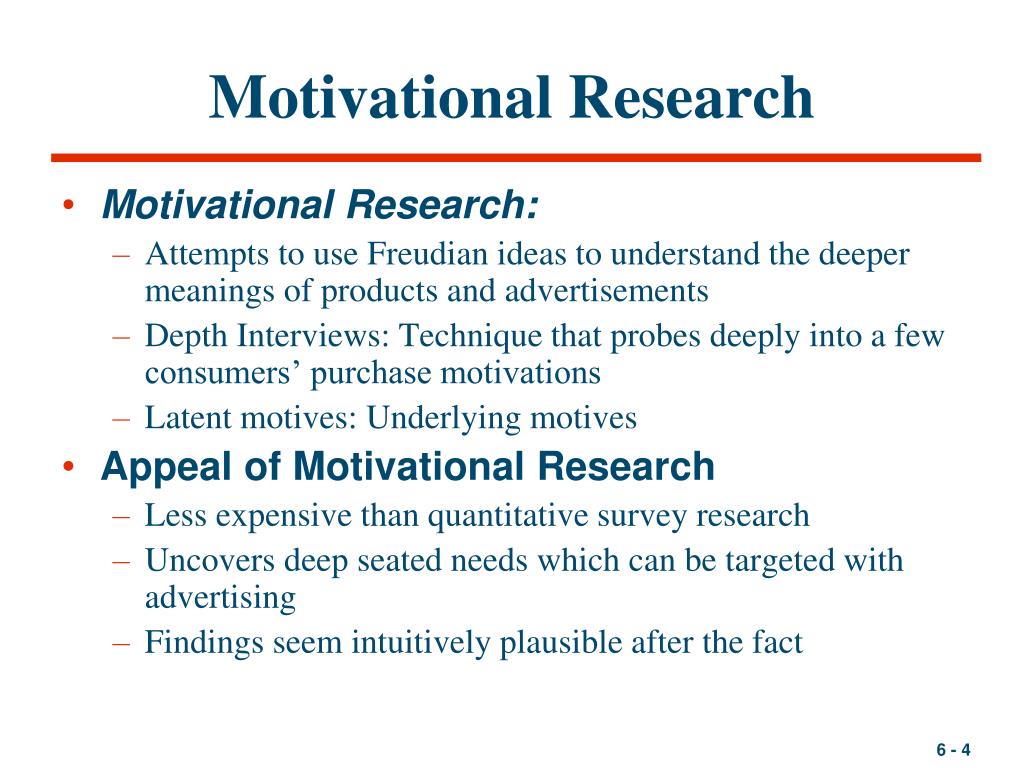
No matter what type of hedonic shopper frequents your website (and bloats your shopping cart abandonment rate), you must be able to stay in contact in order to build the relationship.Įmail is key. Promise hedonic shoppers more of the rich, engaging experiences they desire within your emails.Remarket to hedonic cart abandoners through triggered emails.Get an email address or other means of contact.To extend the engagement - and build a mutually beneficial relationship - you must: So the question now is obvious: How do we engage hedonic shoppers beyond that initial joyride? Extending your engagement with hedonic shoppers Like any potential sales lead, there’s value to capture. Hedonic shoppers can be some of your most valuable customers, so it’s worth putting in the effort to engage them. But no, that doesn’t mean they can’t be converted to customers.Īlthough 70–95% of first-time visitors to a site abandon the page without taking your desired action - a number that includes shopping cart abandoners - that doesn’t mean they’ve given up on the idea.Īnd if you can fulfill their motivations, you will convert them. Yes, hedonic shoppers are likely to abandon on their first visit.

Further down, we see that process issues are cited less frequently. Since hedonic abandoners seem to leave carts regardless of price and functionality, what can site owners do to capture value from them? Aren’t they bound to leave no matter what? In both surveys, we see a hedonic motive appear second on the list, with various utilitarian motives near the top. The web is a playground of escapism for hedonic shoppers. And within this playground, websites provide the stimuli they’re looking for.

Hedonic shopping and virtual cart abandonment
#HEDONIC MOTIVE EXAMPLE FREE#
Online, hedonic shoppers are free to fulfill their motives without the inconvenience, distance barriers, embarrassment and time constraints of traditional brick-and-mortar shopping. Hedonic shopping predates ecommerce, but it’s amplified on the web.Value shopping to gain pleasure from finding deals (though not necessarily acting on them).Role shopping to gain pleasure from buying for others.Idea shopping to stay current with trends.Social shopping to experience pleasure from interacting with others.

#HEDONIC MOTIVE EXAMPLE SERIES#
For these shoppers, purchasing is a problem-solving activity that follows a series of logical steps.Īlternatively, hedonic shopping is driven by our desire for fun, entertainment and satisfaction. Our utilitarian motives for shopping include: meeting our basic needs, finding greater convenience, seeking variety, seeking greater quality of merchandise and searching for better prices. (My dentist recently advised me to “only floss the ones you want to keep.” Good one, dentist). We need clothes, we need food, we need dental floss - and utilitarian motives drive these needs. Utilitarian shopping is all about actual need and function.


 0 kommentar(er)
0 kommentar(er)
